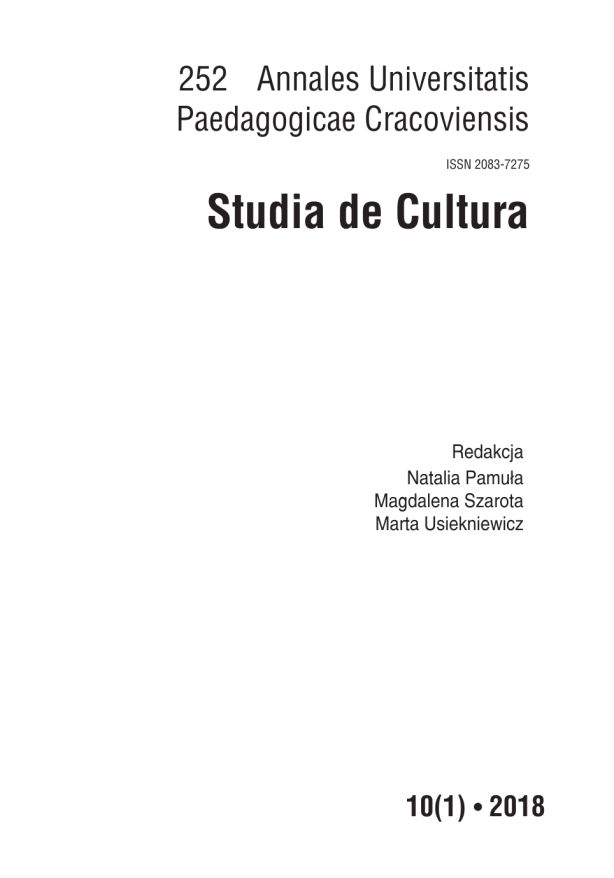Abstract
10.24917/20837275.10.1.14References
Alaniz J. 2014. Death, Disability, and the Superhero: The Silver Age and Beyond. Mississippi.
View in Google Scholar
Bogdan R. 1988. Freak Show: Presenting Human Oddities for Amusement and Profit. Chicago. Chicago.
View in Google Scholar
Clogston J. 1994. Disability Coverage in American Newspapers. W The Disabled, the Media, and the Information Age. J. Adolph Nelson (red.). Westport. 45–53.
View in Google Scholar
Ellis K. 2016. Disability and Popular Culture: Focusing Passion, Creating Community and Expressing Defiance. London.
View in Google Scholar
Garland-Thomson R. (red). 1996. Freakery: Cultural Spectacles of the Extraordinary Body. New York.
View in Google Scholar
Garland-Thomson R. 1997. Extraordinary Bodies: Figuring Physical Disability in American Culture and Literature. New York.
View in Google Scholar
Garland-Thomson R. 2009. Staring: How We Look. Oxford–New York.
View in Google Scholar
Kafer A. 2013. Feminist, Queer, Crip. Bloomington.
View in Google Scholar
McRuer R. 2006. Crip Theory: Cultural Signs of Queerness and Disability. New York.
View in Google Scholar
Mitchell D.T., Snyder S.L. 2001. Narrative Prosthesis: Disability and the Dependencies of Discourse. Chicago.
View in Google Scholar
Mitchell D.T., Snyder S.L. 2015. The Biopolitics of Disability: Neoliberalism, Ablenationalism, and Peripheral Embodiment. Ann Arbor.
View in Google Scholar
Morris J. 1991. Pride against Prejudice: A Personal Politics of Disability. London.
View in Google Scholar

